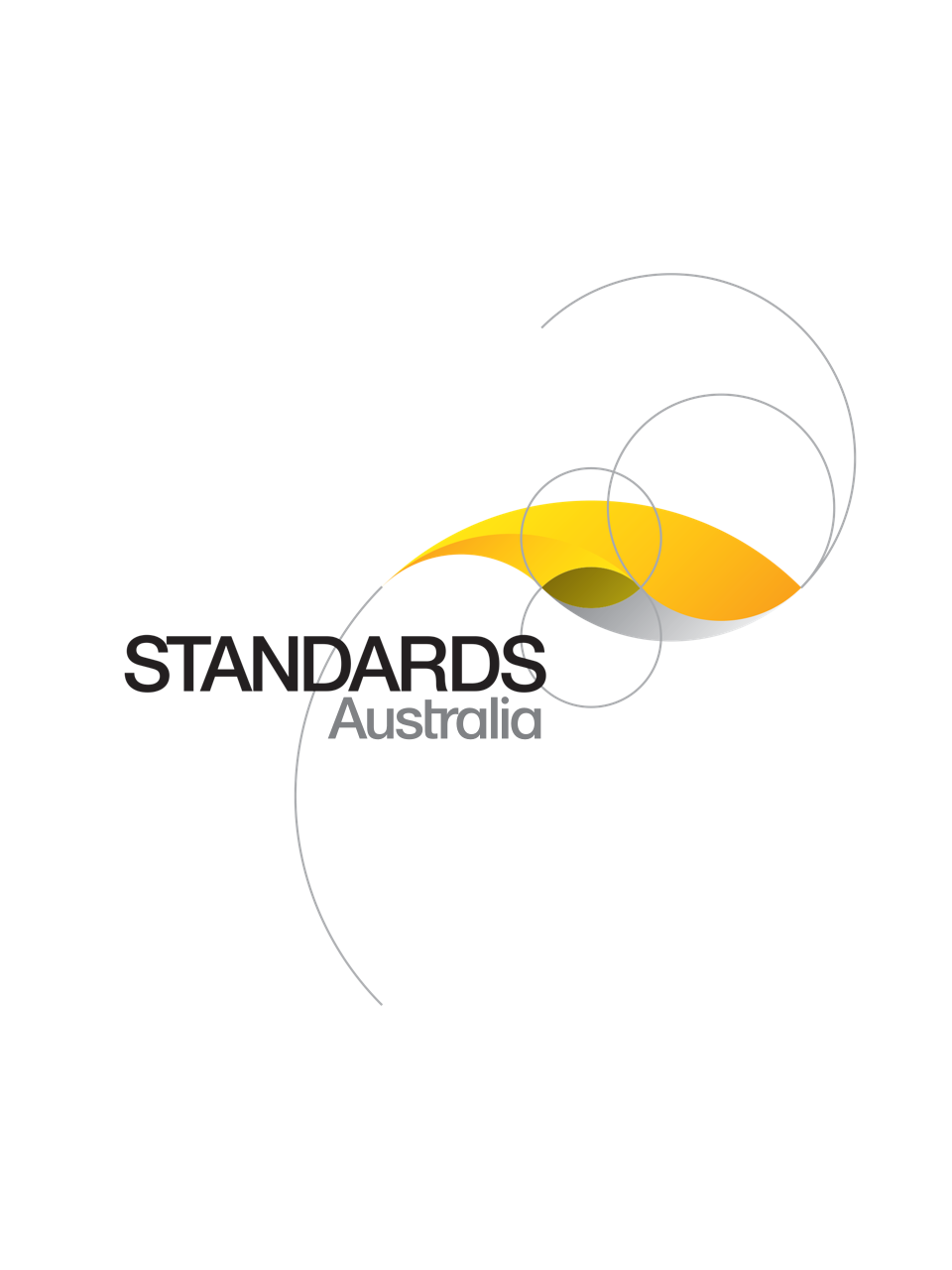Technical Report
UPDATE AVAILABLE
SA/SNZ TR ISO/IEC 24748.3:2014
[Superseded]Systems and software engineering — Life cycle management, Part 3: Guide to the application of AS/NZS ISO/IEC 12207 (Software life cycle processes)
Adopts ISO/IEC TR 24748-3:2011 to provide a guide for the application of AS/NZS ISO/IEC 12207. It addresses system, life cycle, process, organizational, project, and adaptation concepts, principally through reference to SA/SNZ TR ISO/IEC TR 24748-1 and AS/NZS ISO/IEC 12207. It gives guidance on applying AS/NZS ISO/IEC 12207 from the aspects of strategy, planning, application in organizations, and application on projects.
Published: 18/09/2014
Pages: 111
Table of contents
Cited references
Content history
Table of contents
Header
About this publication
Preface
Introduction
1 Scope
2 Terms and definitions
3 Overview of ISO/IEC 12207:2008
3.1 General
3.2 Structure of ISO/IEC 12207:2008
3.3 Context of ISO/IEC 12207:2008
3.4 Comparison to previous versions of ISO/IEC 12207
4 Application Concepts
4.1 Overview
4.2 Software concepts
4.2.1 System and software concepts
4.3 Life cycle concepts
4.4 Process concepts
4.4.1 General
4.4.1.1 Introduction
4.4.1.2 Inputs
4.4.1.3 Outputs
4.4.1.4 Controls
4.4.1.5 Enabling Mechanisms
4.4.2 Process principles
4.4.2.1 Introduction
4.4.2.2 Modularity
4.4.2.3 Responsibility
4.4.3 Process categories of ISO/IEC 12207:2008
4.4.3.1 General
4.4.3.2 System context process categories
4.4.3.3 Software specific process categories
4.4.4 Recursive/iterative application of processes
4.4.4.1 General
4.4.4.2 Recursive application of processes
4.4.4.3 Iterative application of processes
4.4.4.4 Methods and tools
4.5 Organizational concepts
4.5.1 General
4.5.2 Responsibility
4.5.3 Organizational relationships
4.5.4 Project organizational structure
4.6 Project concepts
4.6.1 General
4.6.2 Project relationships
4.6.3 Enabling system relationships
4.6.4 Hierarchy of projects
4.7 Adaptation concepts
4.7.1 General
4.7.2 Adaptation
4.7.3 Life cycle adaptation
4.7.4 Adaptation for domains, disciplines and specialties
4.7.5 Tailoring
5 Applying ISO/IEC 12207:2008
5.1 Overview
5.2 Application strategy
5.2.1 Overview
5.2.2 Planning the application
5.2.3 Conduct pilot project(s)
5.2.4 Formalize the approach
5.2.5 Institutionalize the approach
5.3 Application in organizations
5.3.1 Overview
5.3.2 Considerations and techniques
5.3.3 Application opportunities
5.3.4 Management commitment
5.3.5 Uses of ISO/IEC 12207:2008 within an organization
5.4 Application on projects
5.4.1 Overview
5.4.2 Application of Agreement Processes on a project
5.4.2.1 Application of the Acquisition Process
5.4.2.2 Application of the Supply Process
5.4.3 Application of Technical Processes to a project
5.4.3.1 General
5.4.3.2 Related Technical Processes for system definition
5.4.3.2.1 General
5.4.3.2.2 Stakeholder Requirements Definition Process
5.4.3.2.3 System Requirements Analysis Process
5.4.3.2.4 System Architectural Design Process
5.4.3.2.4.1 General
5.4.3.2.4.2 Logical architecture definition
5.4.3.2.4.3 Physical architectural design
5.4.3.2.4.4 System structure definition
5.4.3.3 Related Technical Processes for system realization
5.4.3.3.1 General
5.4.3.3.2 Implementation Process
5.4.3.3.3 System Integration Process
5.4.3.3.4 System Qualification Testing Process
5.4.3.3.5 Software Installation Process
5.4.3.3.6 Software Acceptance Support Process
5.4.3.4 Related technical processes for system utilization
5.4.3.4.1 General
5.4.3.4.2 Operation Process
5.4.3.4.3 Maintenance Process
5.4.3.4.4 Disposal Process
5.4.3.5 Enabling system definition and realization
5.4.4 Application of Software Implementation Processes to a project
5.4.4.1 Overview
5.4.4.2 Related Software Implementation Processes for software definition
5.4.4.2.1 General
5.4.4.2.2 Software Requirements Analysis Process
5.4.4.2.3 Software Architectural Design Process
5.4.4.2.4 Software Detailed Design Process
5.4.4.3 Related Software Implementation Processes for software realization
5.4.4.3.1 General
5.4.4.3.2 Software Construction Process
5.4.4.3.3 Software Integration Process
5.4.4.3.4 Software Qualification Testing Process
5.4.5 Application of processes in a life cycle model
5.4.5.1 Overview
5.4.5.2 Organizational view
5.4.5.2.1 Approaches
5.4.5.2.2 Sequential approach
5.4.5.2.2.1 General
5.4.5.2.2.2 Applicable systems
5.4.5.2.2.3 Risks
5.4.5.2.2.4 Opportunities
5.4.5.2.3 Incremental approach
5.4.5.2.3.1 General
5.4.5.2.3.2 Applicable systems
5.4.5.2.3.3 Risks
5.4.5.2.3.4 Opportunities
5.4.5.2.4 Evolutionary approach
5.4.5.2.4.1 General
5.4.5.2.4.2 Applicable systems
5.4.5.2.4.3 Risks
5.4.5.2.4.4 Opportunities
5.4.5.3 Engineering view
5.4.5.3.1 General
5.4.5.3.2 Technical reviews
5.4.5.3.3 Configuration audits
Annex A
A.1 General
A.2 Agreement Processes (Clause 6.1)
A.3 Organizational Project-Enabling Processes (Clause 6.2)
A.4 Project Processes (Clause 6.3)
A.5 Technical Processes (Clause 6.4)
A.6 Software Implementation Processes (Clause 7.1)
A.7 Software Support Processes (Clause 7.2)
A.8 Software Reuse Processes (Clause 7.3)
Annex B
B.1 Scope
B.2 Evaluating reusable software products
Bibliography
Cited references in this standard
Content history
[Current]
[Superseded]
DR 102349
